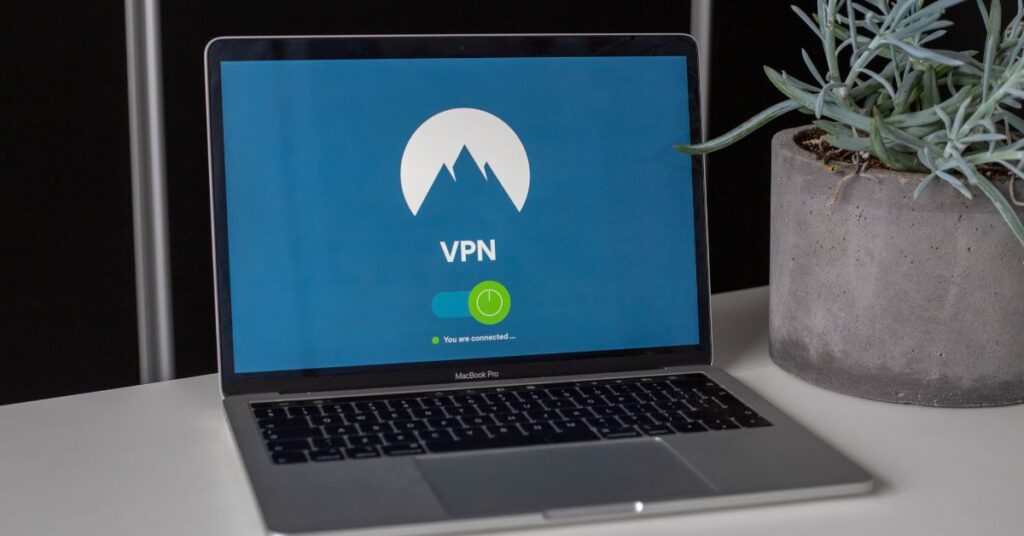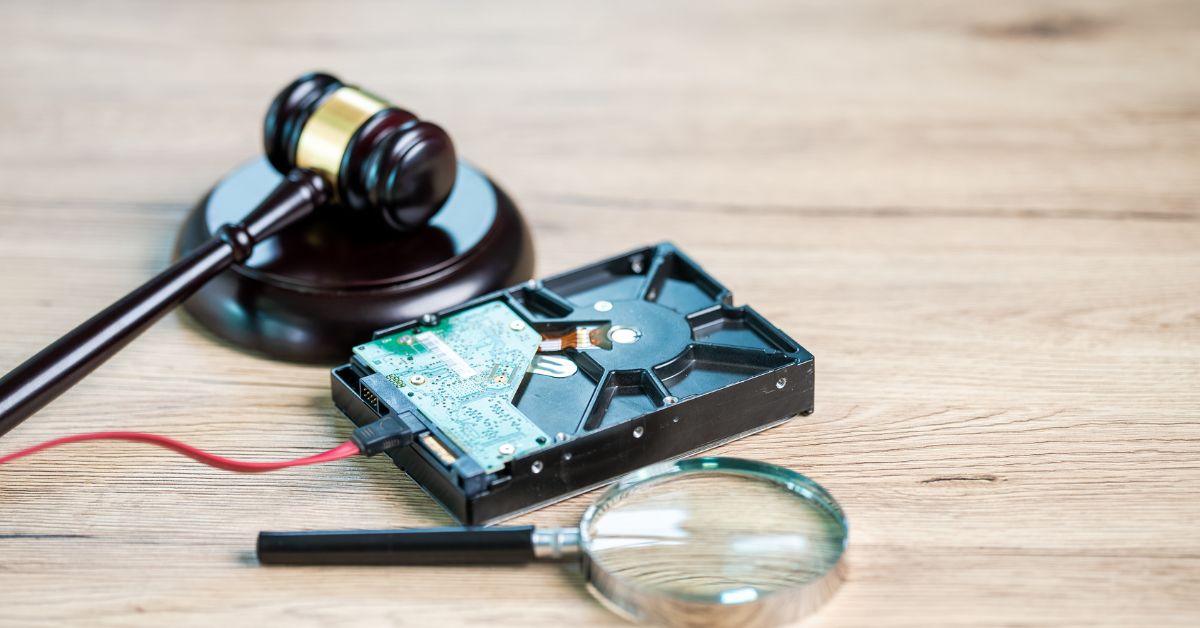In today’s interconnected world, network security is a critical aspect of any organization’s overall cybersecurity strategy. This informative guest post will delve into the fundamentals of network security, providing a detailed explanation of its importance, various components, and best practices for safeguarding your business.
Understanding the Importance of Network Security
Network security is essential for protecting an organization’s data, systems, and users from various threats, such as unauthorized access, data theft, and disruption of services. Implementing robust network security measures can help prevent costly data breaches, maintain the integrity of your systems, and protect sensitive information from falling into the wrong hands. Moreover, strong network security helps ensure business continuity, regulatory compliance, and customer trust.
Components of Network Security
Effective network security is built on multiple layers of protection, each designed to address different types of threats. Here are some of the key components of network security, explained in greater detail:

Firewalls: Firewalls act as a barrier between your internal network and the external internet, filtering incoming and outgoing traffic based on predefined rules to block potentially harmful data packets. They can be hardware or software-based and are often the first line of defense against cyber threats. In addition to traditional functions, modern firewalls provide advanced capabilities such as application control, intrusion prevention, and deep packet inspection.
Intrusion Detection and Prevention Systems (IDPS): IDPS solutions monitor the network traffic in order to identify and stop potential intrusions or attacks. They notify administrators about any suspicious activities that they detect.Intrusion Detection Systems (IDS) focus on identifying possible threats, while Intrusion Prevention Systems (IPS) take the additional step of blocking detected threats in real-time.
Virtual Private Networks (VPNs): VPN technology can encode internet data, giving remote users safe access to your organization’s network resources. VPNs establish a secure channel between the user’s device and your network, and this helps safeguard confidential information from being intercepted or modified during transmission.

Access Controls: Access controls are employed to restrict entry to specific network resources to prevent unauthorized access to confidential information. Various methods like role-based access control (RBAC), attribute-based access control (ABAC), and mandatory access control (MAC) can be used to accomplish this objective.
Endpoint Security: Endpoint security refers to safeguarding devices like laptops, smartphones, and servers connected to your network from harmful programs and other risks. You can achieve this by utilizing antivirus software, endpoint detection and response (EDR) solutions, as well as mobile device management (MDM) tools.
Best Practices for Network Security

It is important to follow best practices for network security to protect your organization’s network and data. Here are some recommendations to help enhance your network security posture, explained in further detail:
Keep software up to date: Regularly update all software, including operating systems, applications, and firmware, to address any known security vulnerabilities. Timely patch management is crucial, as many cyberattacks exploit known vulnerabilities that have not been patched.
Implement strong authentication: To prevent unauthorized access to your network resources, make use of multi-factor authentication (MFA) and strong password policies. MFA involves using two or more factors to verify identity, including things the user knows (passwords), things the user has (hardware tokens), and things the user has (such as a fingerprint).
Segment your network: Divide your network into smaller segments, isolating sensitive data and systems from the rest of the network to minimize the potential impact of a breach. This can be achieved through techniques like virtual local area networks (VLANs) and network access control (NAC) solutions.
Monitor and log network activity: Regularly monitor network traffic and maintain detailed logs to identify potential security threats and facilitate incident response efforts. Security Information and Event Management (SIEM) solutions can help automate this process by collecting, analyzing, and correlating log data from various sources.
Educate employees: Provide ongoing cybersecurity training to educate employees about common threats, such as phishing attacks, and how to follow secure computing practices. This can help create a culture of security awareness and reduce the risk of human error leading to security breaches.
In more complex situations, such as severe data breaches with potential legal implications, professional data breach services may be necessary. Experts in the field, like the Miami Computer Forensics Service, have the skills, tools, and experience to guide you through the process of responding to and recovering from a data breach.
Conclusion
Network security is a crucial aspect of protecting your organization’s data, systems, and users from a wide range of threats. Implementing best practices and understanding the various components of network security can greatly decrease the chances of experiencing costly data breaches and other cybersecurity incidents. Additionally, seeking professional assistance when needed, such as the data breach service in Miami, can further enhance your organization’s ability to respond effectively to network security challenges and maintain a strong security posture.



